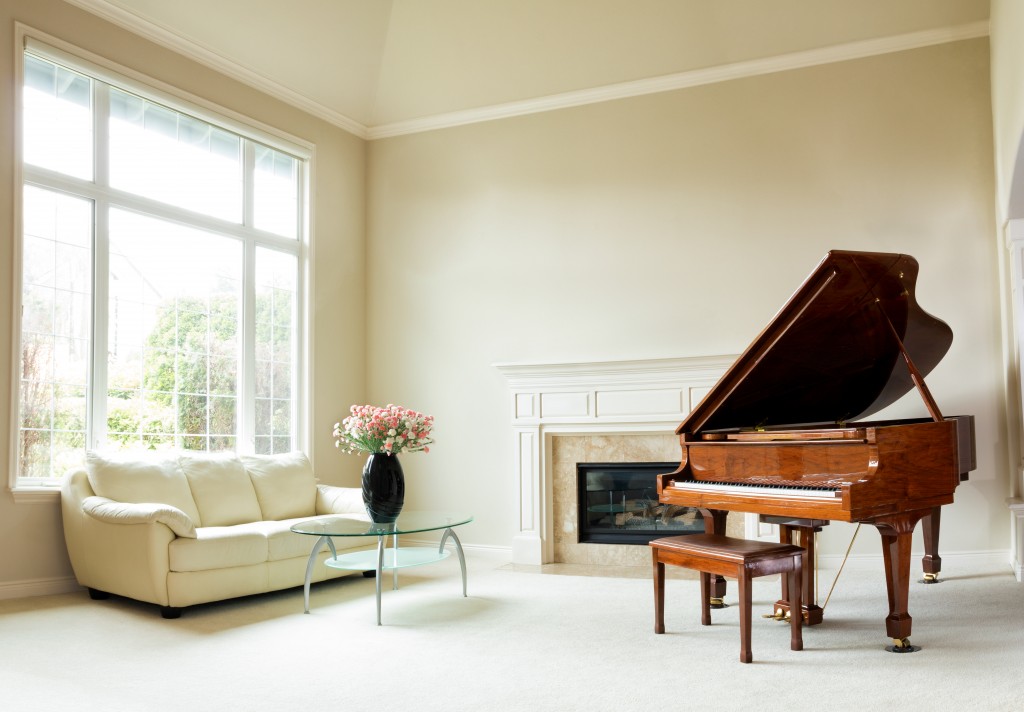When you’re thinking of a home upgrade, you often don’t think about a dedicated music room for your humble house. But you don’t need a mansion to build yourself a room where you can appreciate and practice music. Imagine a place where you can completely experience music—no need to worry about how loud it is or any loss of sound quality. Your child’s piano teacher will also appreciate a place where they can teach with minimal distraction and ideal acoustics. If you think that is a good idea, here are a few steps you need to take to make it a reality.
Decide on a Space
The first thing that you have to do is designate a room for the necessary upgrades. A modern music room has some distinct improvements to it that make it ideal for listening. To get the maximum effect for them, you’ll need to choose the right room. This will depend mostly on what you think is the reason for the music room.
You could be making the music room as a practice or performance room. For a room like that, you need to be able to have minimal additional sound. To minimize extra sounds, you’ll want a place that is far from the street and the busy areas in your home. Maybe somewhere in the back or the very center of your house. Your music room can also become a recording studio or a band practice room. When bands practice in the garage, many sounds can disrupt them so that they don’t hear the flaws in their practice. A basement would be perfect for this since it is isolated from the various sounds from above.
Another major factor will be how large a room you need. For a band practice room, you will need a large room. For a single-person listening room or practice room, it can be pretty small. You only need enough space for you and your instrument though if the instrument is a large piano, you will need a larger room.
Aim for Asymmetry
When you have a room ready to become a music room, one thing you need to do is give it asymmetry. This is mainly for acoustic reasons. Rooms that are perfect squares or rectangles will have the sound waves bouncing in the same paths continually. This builds up the sounds so that it is not as clear. The best music rooms are asymmetrical, with odd angles that allow sounds to bounce randomly. If you are working with a blank room, adding a few changes can make the room structure fit your needs.
Line the Walls with Soundproofing
After modifying the room’s shape, you should then take steps to ensure that the sound does not enter or leave the room. Soundproofing is an essential part of making a music room since it will allow you yo better judge the music without any additional sounds coming in, and it prevents your neighbors from filing a noise complaint against you.
The key element of soundproofing is the right materials. All materials can absorb sound; the difference is how much they can absorb. While some materials only need a thin layer to stop the vibrations, others need thicker layers. Several inches of drywall combined with wool insulation should be enough to block out most sounds.
Interior soundproofing ensures that sound quality is better by absorbing the sound and not letting it bounce around the room. Combined with an asymmetrical room shape, you can hear the sound without any echoes. For this, you will have to line all the flat sound-reflective surfaces in the room. Simple acoustic panels can be enough for the ceiling and the walls. For the floor, woolen rugs laid on top of hardwood flooring can do the job.
Finishing Things Up

While the acoustics of the room are the heart of your music room, you still have to consider the other factors of the room. You’ll need some furniture and instrument storage. Choose furniture that is sound-absorbent to help with the acoustics. Instrument storage is simple and depends on what instrument you need to store. The room will also need some good lighting, especially if you intend it to be a practice room.
A music room may sound extravagant, but it can be a good investment. This is especially so if your family has musical skills and enjoys playing them. With more time in your hands during the quarantine, build one so that you can have the perfect place to practice and perform while staying home frequently.



















